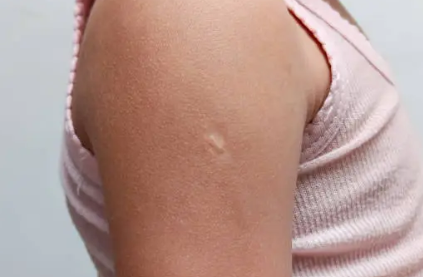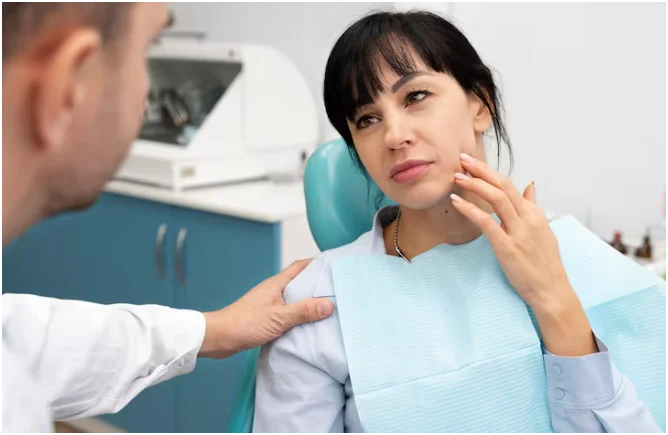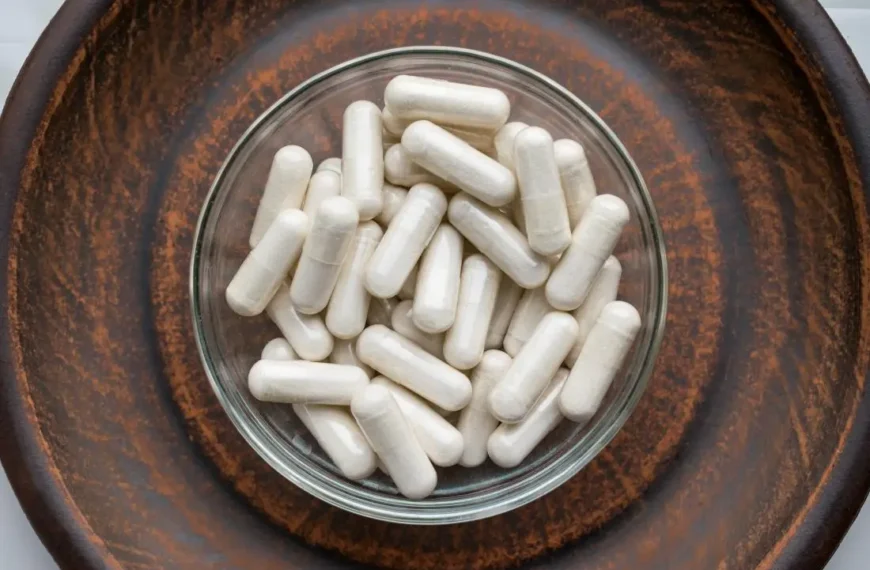Scars are a natural sign of healing, but not all scars behave the same way. In some cases, the skin’s repair process produces an excessive amount of collagen, resulting in a raised, thickened scar known as a keloid. Unlike typical scars, keloids do not fade with time; instead, they may grow larger and more noticeable. This condition can cause discomfort, both physically and emotionally, leading many people to search for effective treatment methods.
What Makes Keloids Different From Normal Scars?
Normal scars are usually flat and fade gradually. Keloids, however, go beyond the original wound boundary and continue to grow. They often appear shiny, smooth, and firm, with colors ranging from red or pink to darker shades depending on skin type.
Unlike hypertrophic scars, which stay within the limits of the wound, keloids expand into the surrounding skin and can last indefinitely without treatment.
Common Causes and Risk Factors
Keloids can develop after a wide variety of skin injuries, including:
- Surgical incisions
- Piercings and tattoos
- Acne or chickenpox scars
- Minor cuts, burns, or scratches
While anyone can develop keloids, certain factors increase the likelihood:
- Genetics: A family history of keloids raises risk.
- Skin type: Individuals with darker skin tones are more prone.
- Age: They are most common between ages 10 and 30.
How Keloids Affect Daily Life
Keloids are medically harmless, but they often bring discomfort. Many people experience itching, tenderness, or pain. If a keloid forms near a joint, it can even limit movement. On an emotional level, the presence of noticeable scars on visible areas like the face, neck, or chest can reduce confidence and self-esteem.
For these reasons, many seek solutions to manage or remove keloids effectively.
Medical Treatments for Keloids
Dermatologists and skin specialists use several clinical methods to reduce or remove keloids. Each treatment has its benefits and limitations:
- Corticosteroid injections: These help flatten keloids gradually by reducing inflammation.
- Cryotherapy: Freezing smaller keloids with liquid nitrogen can help shrink them.
- Laser treatments: Useful for improving skin texture and reducing discoloration.
- Surgery: Removing the scar surgically, though regrowth is a common concern.
Since keloids have a high recurrence rate, many medical treatments are combined with preventive care such as pressure dressings or silicone sheets.
Non-Invasive and At-Home Options
Not everyone is comfortable with medical procedures, and for many, topical solutions are a preferred alternative. Creams, gels, and liquid formulas designed for scar treatment can be applied consistently to soften and flatten raised scars. These options are especially appealing for people seeking a non-surgical solution.
One effective option includes Keloid Removal, a topical treatment created to reduce the appearance of raised scars and support smoother skin healing. Such products can be applied at home and offer a practical approach for long-term scar management.
Prevention: Can Keloids Be Avoided?
For individuals who are prone to keloids, prevention is an important part of skin care. While not every keloid can be prevented, certain steps can lower the chances:
- Avoid unnecessary skin trauma, such as piercings or tattoos.
- Protect healing wounds with silicone sheets or pressure dressings.
- Keep the skin moisturized during recovery to reduce excessive collagen buildup.
- Seek early treatment at the first sign of abnormal scarring.
Being proactive can make a significant difference in how scars heal.
Emotional and Social Considerations
It is important to remember that keloids affect more than just the skin. The emotional impact can be just as significant as the physical appearance. People living with keloids often feel self-conscious or anxious about their appearance, especially when scars are in visible areas.
Addressing these concerns with treatment not only improves the look of the skin but also restores confidence and well-being.
Final Thoughts
Keloids are unique scars that result from an overactive healing process, leading to raised tissue that often grows beyond the original wound. While they do not pose a health risk, they can cause discomfort and emotional stress. Thankfully, treatment options exist, ranging from medical procedures to convenient topical solutions.
For many individuals, non-invasive treatments like specialized scar removal liquids provide an effective and accessible way to manage keloids at home. With proper care, prevention, and treatment, it is possible to minimize the appearance of keloids and improve overall quality of life.









